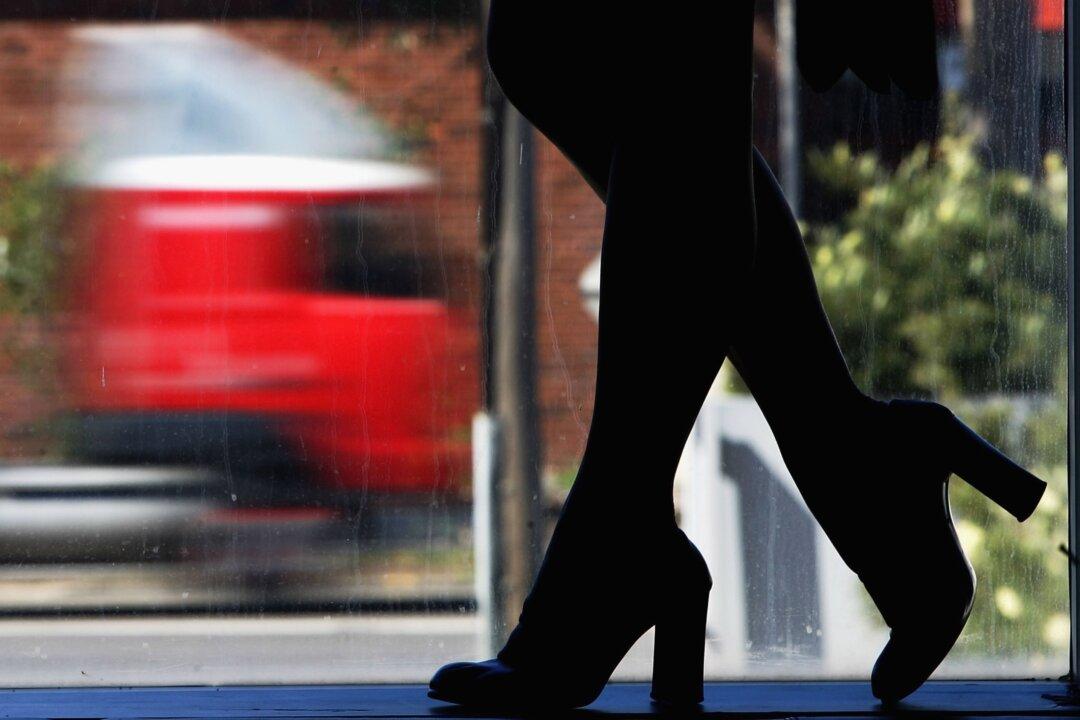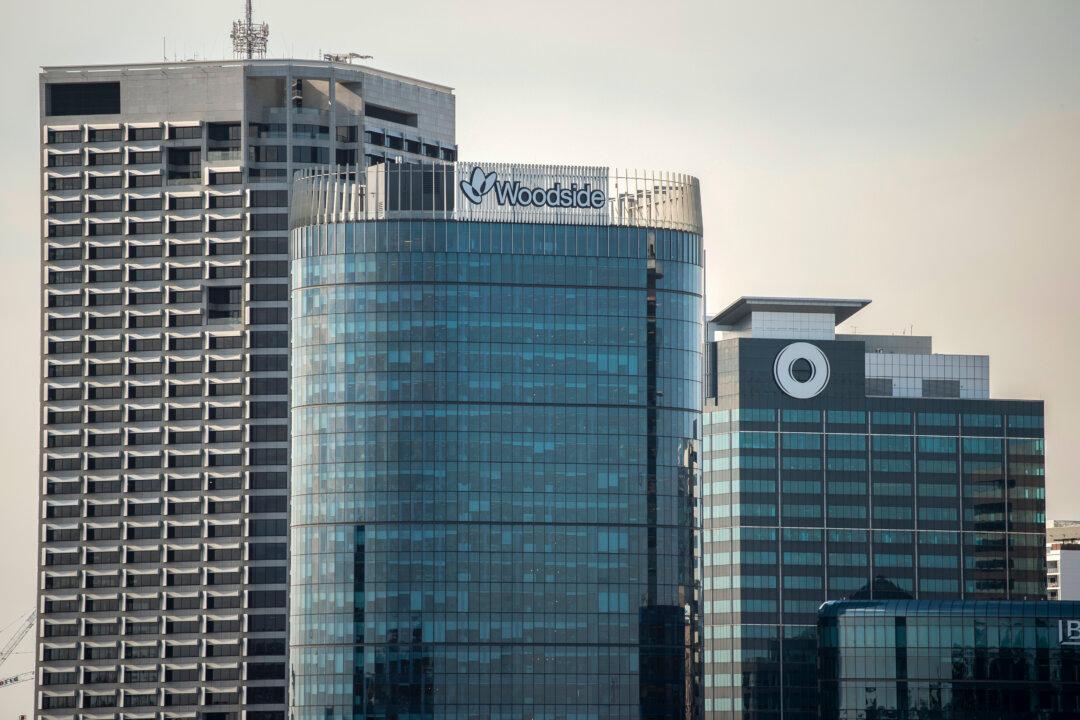A significant number of Australian households will receive some cost-of-living relief within weeks as federal government policies start to take effect.
The huge pay rise will apply to those directly working in the caring role, such as personal care workers, nurses, and home care workers, and allow them to earn an extra $7,000 (US$4,700) to $10,000 a year.
Some other living cost measures introduced in the 2023-2024 budget, including cheaper childcare costs and electricity bill rebates, will also come into effect on July 1.
However, the big spending sparked concerns about worsening inflation at a time when the Reserve Bank struggled to contain consumer price growth.
As the relief package is set to kick in, Treasurer Jim Chalmers acknowledged the challenges faced by Australians and said that the measures would help those in need.
“The suite of policies, which will start to roll out from Saturday, will make a real difference in the lives of millions of hardworking Australians while delivering an economic dividend and laying the foundations for future growth,” he said.
Other Living Cost Measures to Take Effect
At the start of the new financial year, around five million welfare recipients and one million eligible small businesses will receive electricity bill rebates of up to $500 and $650, respectively.Under existing rules, the schemes are only available to individuals and married or de facto couples.
However, from July 1, any “couple”, including friends, siblings and other family members, can apply to receive government help.
Eligibility for the schemes will also expand to non-first-home buyers who have not owned a property in Australia in the past ten years.

Families with multiple children can even get a higher support payment rate if they have more than one child aged five or under.
Education Minister Jason Clare said the above changes would help businesses maintain their staff and provide opportunities for mothers who wanted to return to work.
Despite the government’s positive view toward the cost of living package, the Opposition leader Peter Dutton has warned that it would lead to more interest rate hikes.
New Tax Incentives for Small and Medium Businesses
In a related development, the federal government has announced $1.5 billion in tax incentives for small and medium enterprises.Under the new spending package, businesses with an annual turnover of less than $50 million can receive an extra 20 percent tax deduction for expenditures incurred by hiring Australian service providers to train employees until June 30, 2024.
They will also be able to claim a bonus 20 percent deduction for any spending on adopting digital technologies until June 30, 2023.
The federal government expected that up to 3.8 million businesses employing around 8 million workers would benefit from the tax incentives.
Treasurer Jim Chalmers said the spending would help small businesses improve their productivity and scale up.
“That’s why we are making them law and backdating deductions so businesses are rewarded for the investments they’ve been making and can take advantage of this extra support.”





